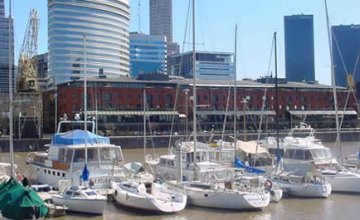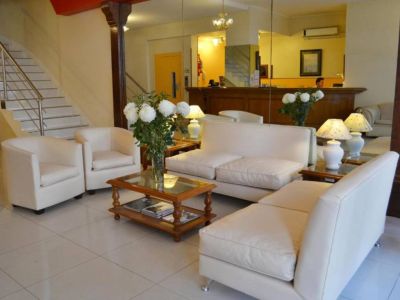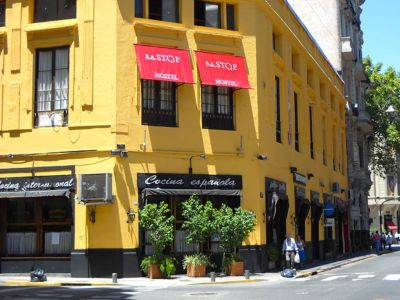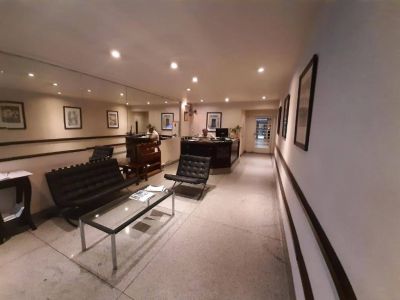La Boca’s Fine Arts Museum continues with the aim set by its founder, painter Benito Quinquela Martín, at the time of its creation: that it should be a space to spread Argentinian art and culture.
He is probably the best-known and essentially the most-loved Argentinian painter:
Benito Quinquela Martín. His name is indissolubly associated to the neighborhood of
La Boca and it is there where we found the Benito Quinquela Martín Fine Arts Museum.
But this museum is not devoted exclusively to the preservation of the memory of this painter or his work. At least not if by “work” we understand its limited sense. This place is much more than that. Its mission is to preserve and continue the work done by Quinquela beyond painting: education, love of neighbors and help in the neighborhood.
The Man from La Boca
Benito had the most humble of origins. An orphan in the port neighborhood, he was adopted at the age of six by a couple of
mestizos and immigrants who loved him as their own child. As a teenager, he took up painting lessons at night, whereas during the day, he worked in the family coal shop. He studied, devoted himself to his art and succeeded both in the country and abroad.
Already a well-known painter, Quinquela Martín began painting a series of works with which he intended to give back to the neighborhood of La Boca part of what it had given him. He founded a school, a theater, a milk clinic and a children’s dental hospital. He created Caminito where there used to be an abandoned railway.
A Museum and a School
The construction process finished in 1938 and the building has three stories. According to the conditions established by Quinquela when he made the donation, a public school was founded on the first floor. He himself decorated the classrooms with large murals. Art would have its place on the second and third floor.
At first, the museum rooms were distributed on the third floor. Quinquela wanted a special space to display the Argentinian figurative art of the XIX and XX centuries. He himself began the collection, which became bigger and bigger.
Out of these four rooms, one is used for temporary shows and another one shelters a collection of bow figureheads (those models, sometimes human, sometimes allegoric, sometimes mythological used to protect the ships’ bows) mostly belonging to merchant ships from the XIX century. The other two rooms house a display of the work of several very interesting Argentinian painters.
One of the most important collections by Argentinian artists is shown in the terraces.
Above, Close to the Sky
But the most touching and possibly the most attractive in the museum is the fourth floor. It is here where Benito Quinquela Martín lived and painted. Ever since his death in 1977, this space has been used for the exhibition of some of his works and the preservation of his memory.
There are three series of paintings on this floor distributed into three rooms: The port and labor, Ship cemetery, The fire. We also saw the furniture used by Quinquela himself, various artifacts, palette knives, memories, posters with photographs.
One of the things that moved us most was looking through the same windows from where Quinquela used to watch his beloved port.
Much has been said and is still said about Benito Quinquela Martín in Argentina. He is well-remembered and loved not only as a magnificent painter who knew how to portray life at the port and hard work. Many seem to feel sincere love for Benito. And he has given enough grounds for it.
It was shocking and almost paradoxical to discover that this great man wore such a small jacket as the one hanging at one corner in the museum. We saw the hat he wore.
A visit to this museum may turn out to be fascinating both for those who love Quinquela and for those who have not loved him yet.
Marcos Rodríguez
Gentileza Buenos Aires Gob.Ar
Phone: +54 11-43011080




































